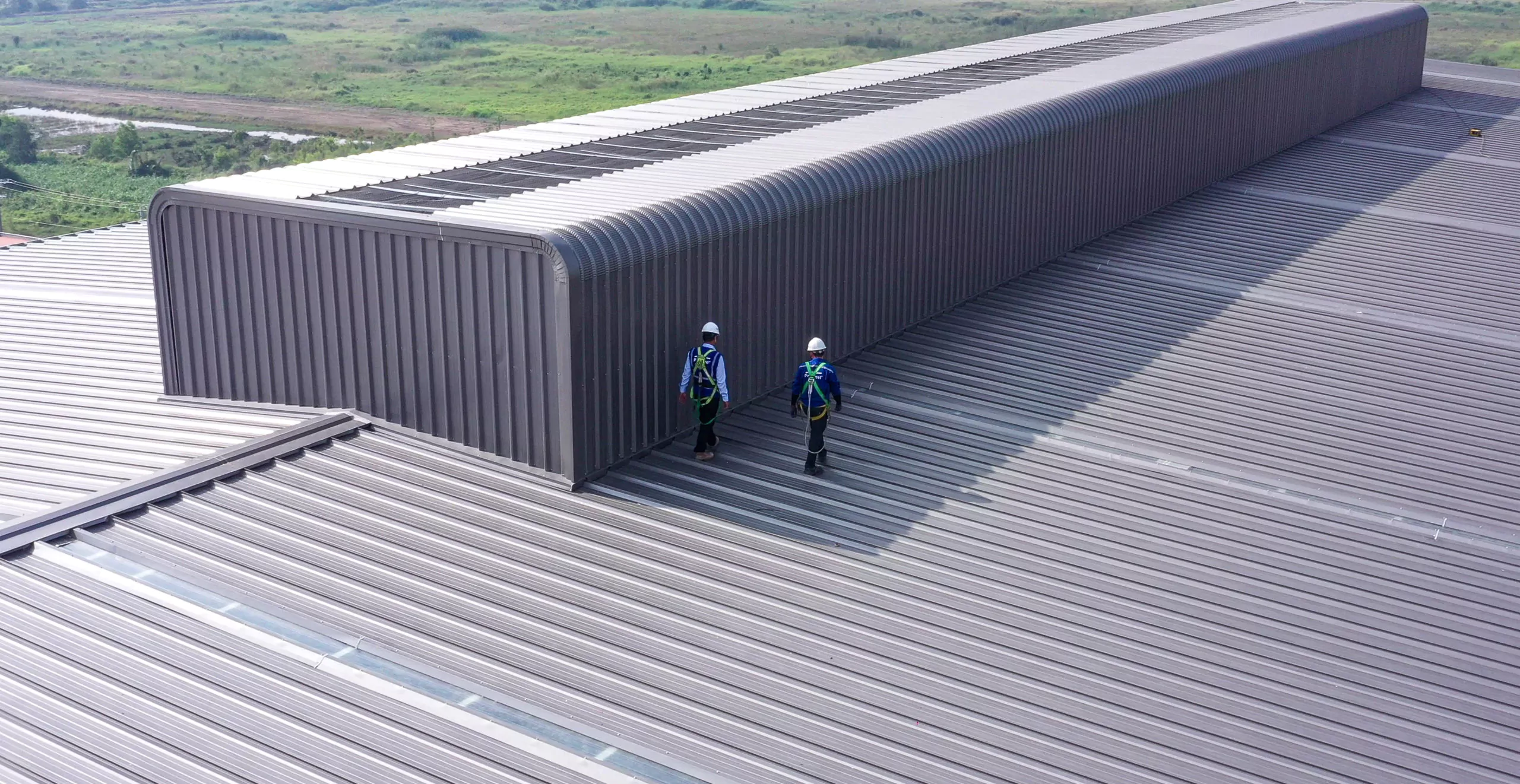Pre-Engineered Buildings: A Strategic Solution for Rapid Expansion and Scalability
- by: admin

In today’s fast-paced world, businesses and organizations often face the challenge of rapidly expanding their facilities while managing costs and maintaining operational efficiency. Pre-engineered buildings (PEBs) offer a strategic solution for achieving these goals. This article examines how pre-engineered buildings provide effective solutions for expansion and scalability, highlighting their role in addressing the evolving needs of modern enterprises.
What Are Pre-Engineered Buildings?

Pre-engineered buildings provider are structures made from prefabricated components, such as steel frames, panels, and roofing systems, designed and manufactured in advance. These components are engineered to fit specific requirements and are assembled on-site, resulting in a streamlined and efficient construction process. PEBs are known for their adaptability, making them an ideal choice for businesses that require rapid expansion or modification of their facilities.
Key Advantages for Expansion and Scalability

1. Rapid Deployment
One of the primary benefits of pre-engineered buildings is their speed of deployment. The prefabrication of components in a factory setting significantly reduces construction time compared to traditional methods. This rapid deployment is crucial for businesses that need to scale up their operations quickly in response to market demands or growth opportunities.
2. Flexibility and Customization
Pre-engineered buildings offer high levels of flexibility and customization. Whether a business needs to add new warehouse space, expand production facilities, or create new office areas, PEBs can be tailored to meet specific requirements. Customizable designs allow for easy adaptation to changing needs, ensuring that the building can grow alongside the business.
3. Cost Efficiency
Cost management is a critical factor in any expansion project. Pre-engineered buildings provide a cost-effective solution by reducing labor and material expenses. The efficiency of the prefabrication process minimizes waste and lowers overall construction costs, making it easier for businesses to stay within budget during expansion projects.
4. Modular Design
The modular nature of pre-engineered buildings allows for straightforward expansion. Businesses can start with a smaller structure and easily add modules as needed. This modular approach supports incremental growth, allowing companies to scale their facilities in stages without major disruptions.
5. Minimal Disruption
Expanding existing facilities often involves operational challenges and disruptions. Pre-engineered buildings minimize these issues by allowing for faster construction with minimal impact on ongoing operations. This is particularly beneficial for businesses that need to continue functioning while their new facilities are being built.
6. Sustainable Practices
Sustainability is increasingly important in modern construction. Pre-engineered buildings are designed with energy efficiency and environmental impact in mind. Features such as insulated panels and energy-efficient lighting contribute to lower operational costs and a reduced environmental footprint. This focus on sustainability aligns with the growing demand for eco-friendly construction solutions.
Applications of Pre-Engineered Buildings for Expansion

1. Manufacturing and Warehousing
For manufacturing and warehousing operations, pre-engineered buildings provide a versatile solution for scaling production capacity or increasing storage space. Their large, open interiors and customizable layouts support various industrial functions, making them ideal for businesses in these sectors.
2. Retail and Commercial Spaces
Retailers and commercial enterprises can use pre-engineered buildings to expand their storefronts, office spaces, or service centers. The quick construction and flexibility of PEBs enable businesses to adapt to changing market conditions and customer needs.
3. Educational and Institutional Facilities
Schools, universities, and institutions often require additional classroom or administrative space. Pre-engineered buildings offer a practical solution for expanding educational and institutional facilities, allowing these organizations to accommodate growing student populations or administrative needs.
4. Healthcare Facilities
Healthcare providers can benefit from pre-engineered buildings for expanding or upgrading their facilities. Whether adding new treatment areas, administrative offices, or specialized clinics, PEBs provide a flexible and efficient option for meeting the evolving demands of healthcare services.
5. Recreational and Community Centers
Community centers and recreational facilities can use pre-engineered buildings to expand their offerings, such as adding new sports facilities, meeting rooms, or activity areas. The versatility and quick construction of PEBs make them suitable for accommodating various community and recreational needs.

Pre-engineered buildings offer a strategic solution for businesses and organizations seeking rapid expansion and scalability. With advantages such as speed of deployment, flexibility, cost efficiency, and minimal disruption, PEBs provide an effective means of meeting growing operational demands. By leveraging the benefits of pre-engineered buildings, businesses can achieve successful, scalable expansion while managing costs and maintaining operational efficiency.
